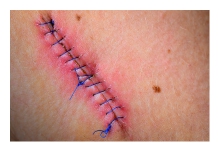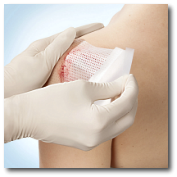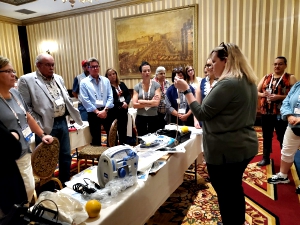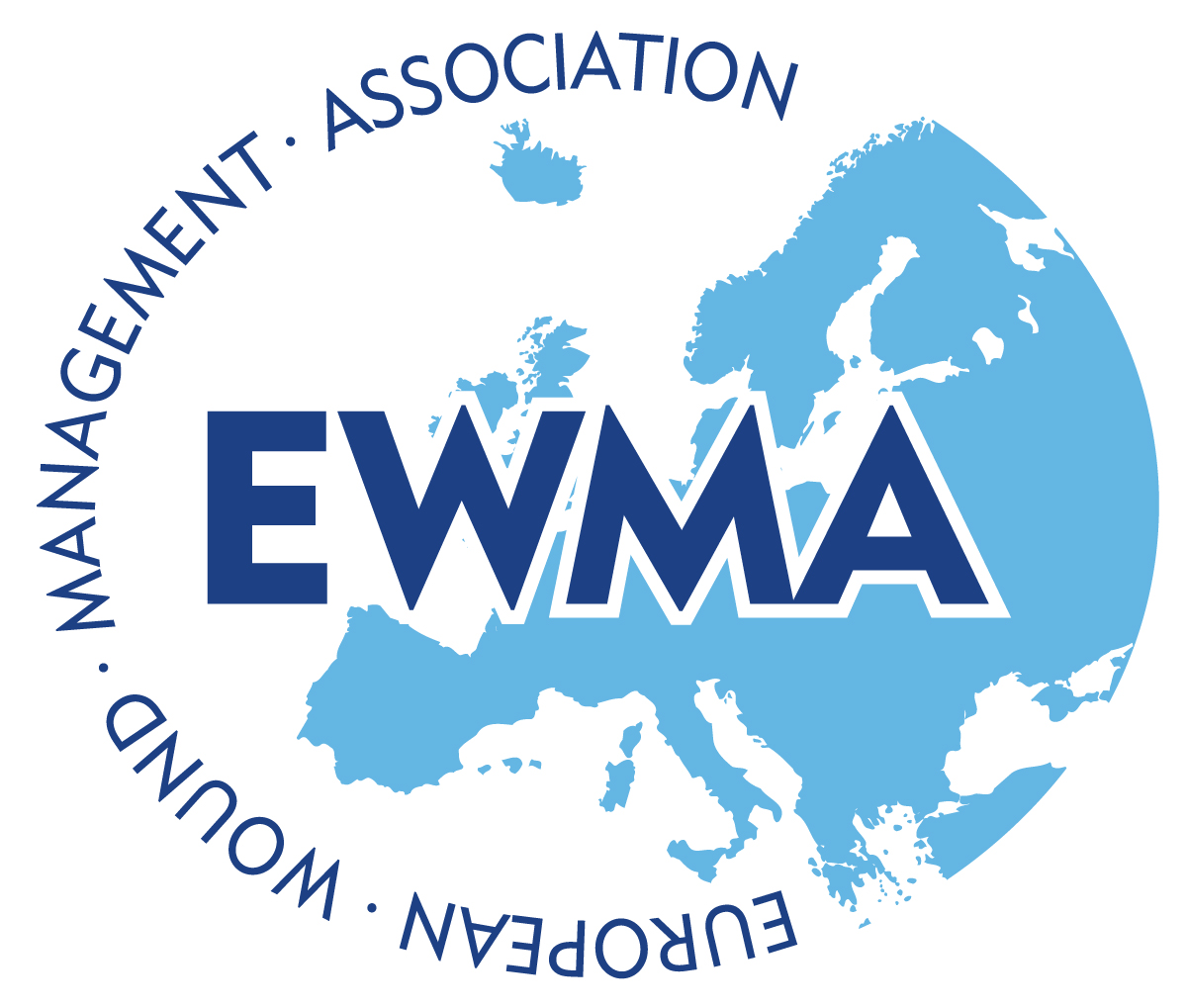Part one of a four-part series about an athletes journey to save his leg.
THWACK! The sound of the baseball off the bat warned all the players on the field that the ball had been hit on the screws – baseball parlance for hard and fast. So fast that relief pitcher JH had no chance to move out of the way, let alone field it. The ball careened into his right leg with frightening speed and force.
Looking down at his shin, JH had two thoughts: is the leg broken? And if not, let’s finish the game. His team had not played particularly well, was going to lose, and it was time to get it over with. Bones unbroken, he finished the game.
A utility player (outfield and pitcher mostly), JH, 62, is a competitive athlete. He plays in four baseball leagues, one for those age 28 and older, two for those age 50 and older, and another for those age 60 and older. He is a nationally ranked squash player and enjoys competitive tennis and both water and snow skiing. Physically, he is sound. Fit throughout his life, he maintains healthy eating and active and competitive exercise habits.
At home after the game and with a more focused self-inspection of his lower right shin, JH noted a red bump with no break in the skin. It looked like it would be a typical bruise: a bulging red mark which would turn purple, then yellow, and then fade from view and memory. There was no pain and he could walk normally.
In the days immediately after the incident, the swelling had receded although he noted some stiffness and sudden onset of almost unbearable pain when getting out of bed. JH admits he has a high tolerance for pain – something he views as more of a hindrance to living than a sign of a problem. By moving around and walking for about 10 minutes, he could ease the pain as the leg seemed to loosen up.
JH didn’t know – or possibly chose not to know – these signs were indicators of infection, a potential life-and limb-threatening condition. An intrepid spirit, JH has climbed mountains and volcanoes around the world, is known to ride helmet-less around town on his Vespa, and spent the morning of his wedding day on the roof of his house clearing gutters with a leaf blower. So it is no surprise that a week later he was back on the diamond, pitching in one game and playing in the outfield in another.
But by the end of the second game, he knew something was different about the way the bruised area looked and felt. It was very red and expanding beyond the initial impact site.
A quick visit to an urgent care clinic resulted in antibiotics for infection at the bruised area and a recommendation to go to the emergency department if it didn’t improve. Coincidentally, or serendipitously, he was scheduled for his annual physical that week. The examining physician confirmed the infection and felt he should visit the ED at the local hospital.
 Contusions caused by impact rarely become infected when there is no break in the skin. However, staphylococcus and streptococcus are the most common types of bacteria to enter a skin break. Contusion’s pool of blood becomes food for the bacteria. It can ordinarily be treated with oral antibiotics [click for more on bruise infections].
Contusions caused by impact rarely become infected when there is no break in the skin. However, staphylococcus and streptococcus are the most common types of bacteria to enter a skin break. Contusion’s pool of blood becomes food for the bacteria. It can ordinarily be treated with oral antibiotics [click for more on bruise infections].
As an owner of a successful ironworks company, JH was less concerned about the leg than he was about being away from the office. Reluctantly going to the hospital emergency department, he expected IV antibiotics and immediate discharge.
Instead, he was admitted and underwent a procedure to lance and drain the area. The contusion was a hematoma – a pool of blood that becomes walled off. While time and heat can enable healing, opening it for drainage is indicated when it may be infected [click for more on blood bruise infections].
 While the treatment seemed logical and appropriate to him, the pain after inactivity returned with great intensity. After two days, he was released. The wound was open, deep nearly to the bone, and left uncovered with no bandage or covering at all. Discharge instructions included pouring hydrogen peroxide into the wound, self-administration of antibiotic fluids twice per day and care of a PICC line by which the IV fluids would be dripped.
While the treatment seemed logical and appropriate to him, the pain after inactivity returned with great intensity. After two days, he was released. The wound was open, deep nearly to the bone, and left uncovered with no bandage or covering at all. Discharge instructions included pouring hydrogen peroxide into the wound, self-administration of antibiotic fluids twice per day and care of a PICC line by which the IV fluids would be dripped.
But before leaving the hospital, JH was concerned. It did not seem right that he would be released with a wound open nearly to the bone. Further, the injury seemed worse than when he entered the hospital. From his hospital bed before discharge, he took pictures of the wound and sent them to three physician friends.
JH returned home ready to proceed with the self-administered IV antibiotics. What he didn’t know was that he was facing his toughest opponent ever and that the outcome of this match was far from certain.
(Coming up in part two, the seriousness of the injury becomes clearer, heightening the level of concern among caregivers. JH begins a series of six surgeries which may or may not be enough to save his leg.)
About the Author
Dr. Pollack is certified in Emergency Medicine and is a founding board member of the Hospital Quality Foundation. Visit: www.hospitalqualityfoundation.org.

 Enterocutaneous (ECF) and entero-atmospheric fistulas (EAF) can create a challenge for the certified wound clinician. The hope is always that the fistula will spontaneously close while at the same time managing the current situation.
Enterocutaneous (ECF) and entero-atmospheric fistulas (EAF) can create a challenge for the certified wound clinician. The hope is always that the fistula will spontaneously close while at the same time managing the current situation. Surgical site infections (SSI) increase medical costs, length of hospital stays, and readmission rates. Although this rate may be under-reported, the incidence of SSI in the US is estimated to be 2.8%. In the inpt setting or generally?
Surgical site infections (SSI) increase medical costs, length of hospital stays, and readmission rates. Although this rate may be under-reported, the incidence of SSI in the US is estimated to be 2.8%. In the inpt setting or generally? As a talented group of professionals in our areas of specialization, we have formed a common goal to conquer any wound, regardless of the location, source, chronicity, or barriers to healing. At least, this may be our belief. Did any of us have a burning desire as aspiring professionals to work to advance the cause of evidence-based wound care? As a team of multidisciplinary professionals of physicians, nurses, pharmacists, physical therapists, researchers, and industry personnel, we were able to recognize an area of need for patients who suffer from chronic wounds. For each of us, there was something which ignited the passion to serve, to research, and to lend our expertise to this subject. Our strides to promote wound care from a multidisciplinary approach have led us to improved overall outcomes for our patients.
As a talented group of professionals in our areas of specialization, we have formed a common goal to conquer any wound, regardless of the location, source, chronicity, or barriers to healing. At least, this may be our belief. Did any of us have a burning desire as aspiring professionals to work to advance the cause of evidence-based wound care? As a team of multidisciplinary professionals of physicians, nurses, pharmacists, physical therapists, researchers, and industry personnel, we were able to recognize an area of need for patients who suffer from chronic wounds. For each of us, there was something which ignited the passion to serve, to research, and to lend our expertise to this subject. Our strides to promote wound care from a multidisciplinary approach have led us to improved overall outcomes for our patients. Despite the vast amount of advanced wound care products available as well as an evidence-based practice that supports wet to dry dressings are substandard, I still receive daily calls from clinicians reporting new wound care orders for wet to dry dressings to be performed in the home setting, usually twice daily.
Despite the vast amount of advanced wound care products available as well as an evidence-based practice that supports wet to dry dressings are substandard, I still receive daily calls from clinicians reporting new wound care orders for wet to dry dressings to be performed in the home setting, usually twice daily. I am that person, the one who is thrilled the more challenging the wound looks. But I guess we all are, right? That is what has brought us together, this group of people who have never met, we are all connected through one simple thing, a passion for those hard to heal wounds. Unfortunately, we likely all have had those wounds that we have tried hard to heal and failed. That’s right, I have failed, we all have. I wish I was perfect; I wish I got it right from the start every time, but I don’t. It’s these really difficult wounds that help us grow as practitioners and I hope that as I share my mistakes with you, you don’t have to make them as well.
I am that person, the one who is thrilled the more challenging the wound looks. But I guess we all are, right? That is what has brought us together, this group of people who have never met, we are all connected through one simple thing, a passion for those hard to heal wounds. Unfortunately, we likely all have had those wounds that we have tried hard to heal and failed. That’s right, I have failed, we all have. I wish I was perfect; I wish I got it right from the start every time, but I don’t. It’s these really difficult wounds that help us grow as practitioners and I hope that as I share my mistakes with you, you don’t have to make them as well. Members of AAWC are known for top tier commitment, specialization, and passion for wound care. Yet among the greatest of challenges advanced wound care professionals face, one is how to demonstrate and communicate the impact and value provided to administrators and clinicians managing or overseeing multiple clinical services.
Members of AAWC are known for top tier commitment, specialization, and passion for wound care. Yet among the greatest of challenges advanced wound care professionals face, one is how to demonstrate and communicate the impact and value provided to administrators and clinicians managing or overseeing multiple clinical services.

 doesn’t have all the tools, then the solution relies on creativity. Hands-on sessions encouraged attendees to be creative and get in the habit of choosing the best course of action given select resources when practicing wound care.
doesn’t have all the tools, then the solution relies on creativity. Hands-on sessions encouraged attendees to be creative and get in the habit of choosing the best course of action given select resources when practicing wound care. 
